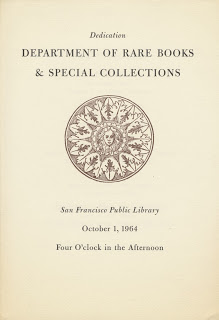
Special Collections
On October 1, 1964, City Librarian William Holman, Mayor John Shelley, Chairman of the Day Nat Schmulowitz, UC Berkeley Professor James D. Hart, and President of the Friends of the Library Mrs. Carl W. Stern came together to formally dedicate the opening of the Rare Books & Special Collections Department at the San Francisco Public Library with a public event and program.
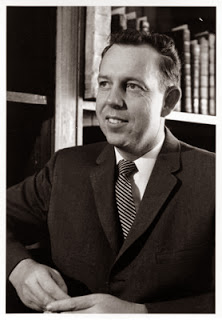
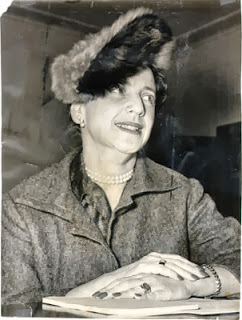
San Francisco History Center
Just a few years prior to that, President Marjorie Stern, had founded the Friends of the San Francisco Public Library. This is how a newsclipping from 1963 described her:
She's a do-er. Two years ago, impatient with the coming-apart-at-the-seams image of the city's library, Mrs. Stern helped spark what she calls a 'citizens' group at its best.
With the help of Mary Louise Stong and Mig Mayer, Mrs. Stern started with several names and by late 1963 they had 475 Friends.
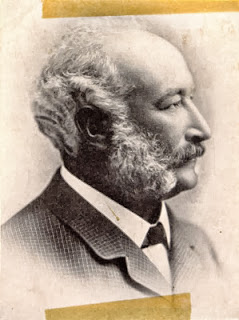
San Francisco History Center
The San Francisco Public Library owned a rare book collection as far back as the 19th century. It began with the purchase of the W.P. Medlicott Library in 1881. Later that same year Mr. Adolph Sutro contributed $1000.00 for more purchases.
But twenty-seven years of collection development was destroyed in the fire and earthquake of 1906 — 150,000 books including the budding rare books collection were lost along with the entire Main Library and two large branches.
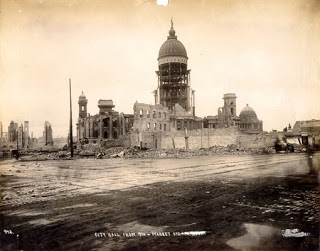
San Francisco Public Library
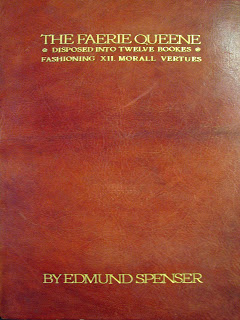
(Ashendene Press, 1923)
In 1920, William Randolph Young, a library trustee, and the husband of hand bookbinder Belle McMurtry, proposed rebuilding a collection of fine books and Californiana for the library. And by 1925, Young saw the rare books and manuscripts collection established. Early acquisitions included an Ashendene Spenser (hand bound by the famous London firm of Sangorski and Sutcliffe), a Kelmscott Chaucer, and a five volume copy of the Doves Press Bible.
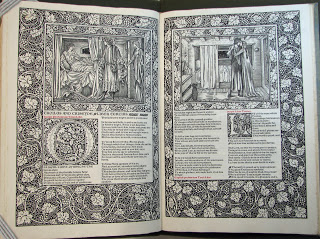
(Kelmscott Press, 1896)
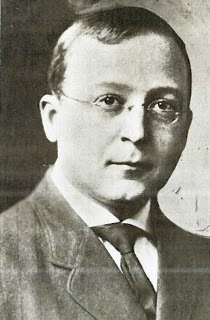
Blue Book of San Francisco,1915
On October 5, 1926, this initial collection of 250 books was formally dedicated to the memory of Max Kuhl who had passed away the previous year. Max Kuhl had been the legal advisor to the Panama Pacific International Exposition (PPIE), a President of the Police Commission, and a member of the State Library Board.
The SFPL bookplate that is pictured and can be found in most of the books from the Kuhl collection, was first used in October 1906. It was designed for the library by Albertine Randall Wheelan who was a noted stage designer and illustrator. It was later used to commemorate the rebuilding of the Main Library in 1917. It features a phoenix rising from the ashes and the latin motto which translates as “life without literature is death.” [Vita sine literis mors est.]
The Max Kuhl collection included this unique and extraordinary Deed to Alcatraz from 1856…and a biography of Junipero Serra written in Spanish by Father Palou. It’s clear that San Francisco history was an important part of special collections from the very beginning.
Albert Bender, a prominent San Franciscan, played a huge role in developing the Max Kuhl collection. He was known throughout the Bay Area as “Saint Albert of San Francisco” because of his philanthropy. This nickname was common knowledge in San Francisco. In fact once a letter addressed to “Saint Albert of San Francisco” was delivered, by mistake, to Archbishop Hanna (of the Roman Catholic Church.) The Archbishop promptly forwarded it to Bender with a note that read: “This must be for you.”
Bender was treasurer of the Max Kuhl Collection Committee and was personally responsible for the acquisition of many of the items. He continued to add to the collection until his death in 1941. Pictured is a letter from Edwin Grabhorn to Albert Bender regarding the purchase of books for the Kuhl collection.
We often come across Max Kuhl bookplates as we are using our collections and they are a wonderful reminder of our beginnings.
In 1947, on April Fool’s Day, Library Commissioner, Nat Schmulowitz donated ninety-three volumes, including an edition of the Hundred Merry Tales, to the library. Today, the Schmulowitz Collection of Wit & Humor otherwise known as SCOWAH, is the largest public collection of wit and humor in the world, with more than 22,000 volumes, periodicals, and audio-visual materials.
In 1963, the Harrison Collection of calligraphy was created through the efforts of City Librarian William Holman and calligrapher and book designer Theo Jung who encouraged Richard Harrison to donate his calligraphy collection to the library. Harrison continued to support the collection throughout his lifetime and today the Harrison Collection is an internationally renowned collection of contemporary calligraphy. Students and calligraphers have recently come from as far away as Japan and Italy to study original calligraphic pieces in the collection.
Then, in 1964, we find Marjorie Stern, President of the Friends of the Library, inviting the public to view the formally dedicated Rare Books & Special Collections Department at the Old Main Library. This is from the brochure titled In Appreciation:
With the formal dedication of this department on October 1, 1964, the San Francisco Public Library enters a new era… we look forward to the growth of a Rare Books & Special Collections Department that will truly be a testament to the culture, education, and discrimination of San Francisco.
It is not surprising that a year later in 1965, City Librarian Holman and the Friends of the Library were able to facilitate the purchase of the Robert Grabhorn Collection on the History of Printing and the Development of the Book, a collection that added even greater depth and prestige to the library’s collections.
In 1978 the George M. Fox Collection of Early Children's Books was donated to the library. It dovetailed perfectly with the Grabhorn printing collection.
And of course, the opening of the New Main Library in 1996 brought us into an entirely new phase with the continued growth and development of the San Francisco History Center and Book Arts & Special Collections Center.
The Daniel E. Koshland San Francisco History Center contains a research collection of books, newspapers, magazines, photographs, maps, posters, ephemera and archives and manuscript collections, documenting all aspects of San Francisco life and history. The Center also houses the archives for the City and County of San Francisco and administers the archival collections of the Hormel Gay and Lesbian Center.
Formed in 1964 as the Californiana Collection, it now holds a comprehensive research collection covering all aspects of San Francisco history, and, to a lesser extent, that of California and the West. Subjects covered include: geography and architecture; politics and government; the lives of both prominent and ordinary citizens; and, the contributions of ethnic, cultural and social groups in creating the City's vibrant character. We serve patrons who are merely curious in addition to those engaging in scholarly research.
The San Francisco Historical Photograph Collection is an enormously important part of special collections and contains photographs of San Francisco and California scenes from 1850 to the present including views of San Francisco streets, buildings, and neighborhoods, as well as photographs of famous San Francisco personalities. The bulk of the collection is from the photo morgue of the San Francisco News-Call Bulletin, a daily newspaper, covering the 1920s to 1965. Photograph albums, panoramas, color slides, postcards, cabinet cards, stereographs, acetate and glass plate negatives, and lantern slides round out the visual resource materials.
It is unlikely that there was any expectation of GLBT archives at the library in 1964 when the San Francisco History and the Book Arts & Special Collections departments were established. However, the library’s commitment to recording and celebrating the events and people of the City anticipated that additional kinds of archives would be acquired eventually.
The James C. Hormel Center was founded in 1991 to document the GLBT experience, especially here in the San Francisco Bay Area. The Center includes books, recordings, periodicals, and archives. While the bulk of the Hormel Center’s book holdings are available on the 3rd floor of the Main Library, the GLBT archival collections call the 6th floor their home.
The first archival collection, the Peter Adair Papers, was accessioned in 1991. Since that time, the GLBT archives has grown with the addition of dozens of collections, such as the Harvey Milk Archives—Scott Smith Collection, and the Barbara Grier—Naiad Press Collection.
The newspaper clipping pictured here is from the Evander Smith—California Hall Papers (GLC 46). It documents the police harassment at the January 1965 New Year’s dance hosted by the Council on Religion and the Homosexual. This incident served as a rallying point for San Francisco’s emerging GLBT community. It’s worth noting that this was four years before New York’s more well-known Stonewall riots.
These rich archival collections are used on a daily basis by researchers, filmmakers, authors, students, and the general public from the Bay Area and beyond. They add immeasurably to our understanding of the City’s diverse communities and to the Library’s Special Collections.
Together, these valuable and fascinating collections, which together form the Special Collections department here at the San Francisco Public Library, are extremely important resources for all San Franciscans as well as for our patrons far beyond the city. Looking back at the evolution of the department helps us fully appreciate the dedicated efforts of everyone involved in its developement.

